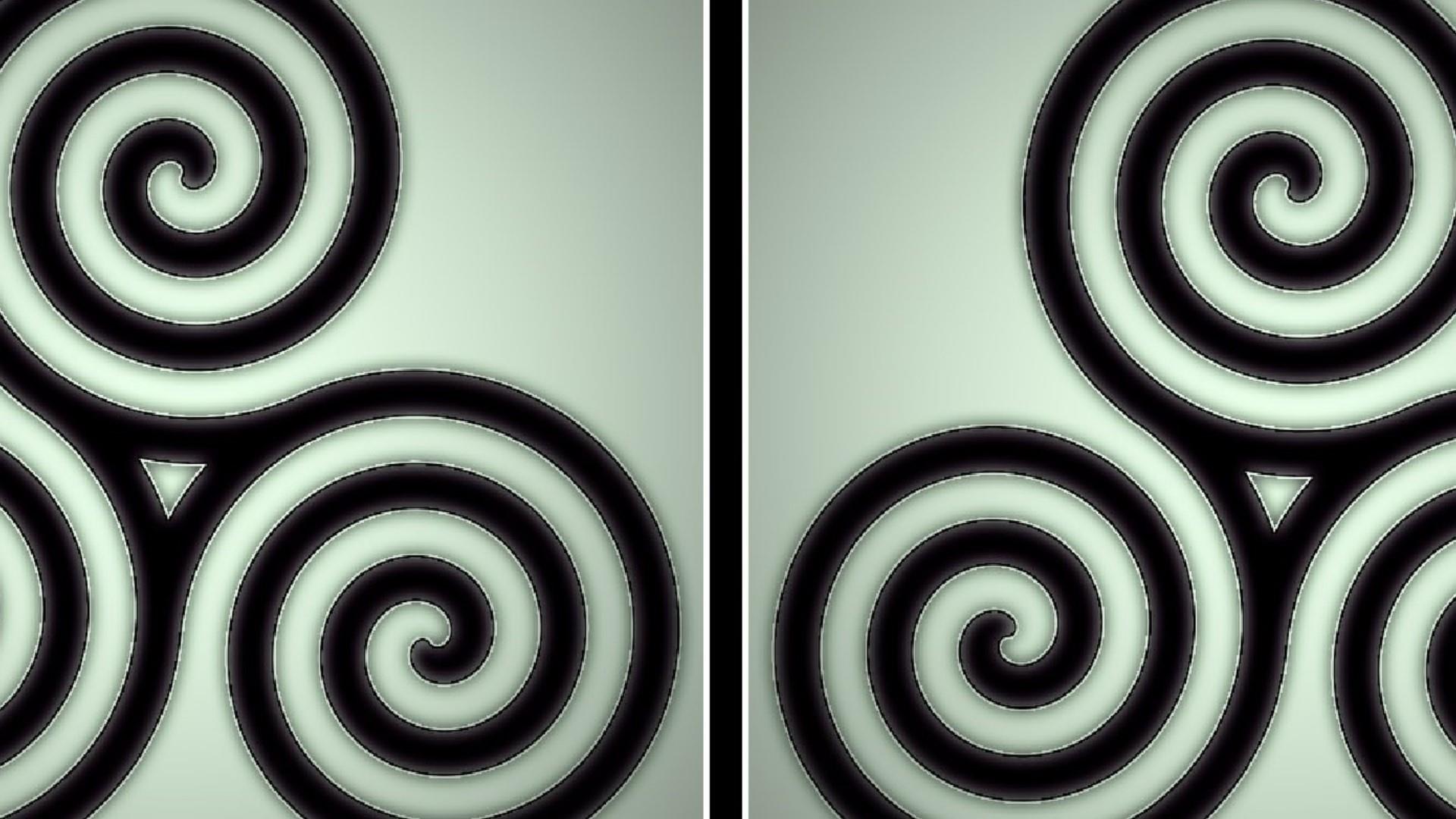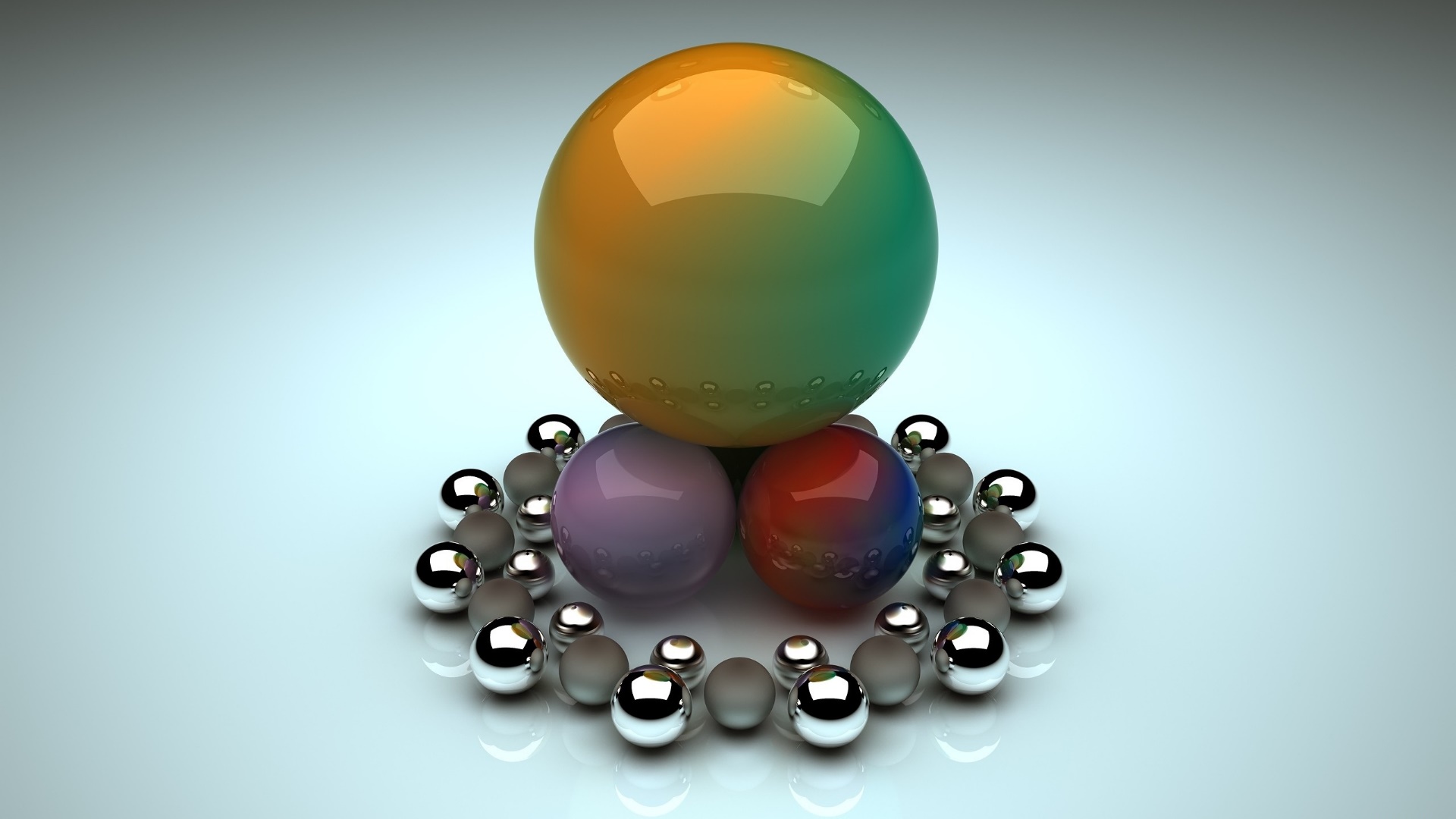
The Lip Flip Explained: A Nuanced Approach to Lip Enhancement
The pursuit of aesthetic enhancement has evolved considerably, moving from overt alterations to a more refined appreciation for subtlety and nuance. Within the realm of cosmetic injectables, the "lip flip" has emerged as a popular and sophisticated procedure, offering a distinct alternative to traditional lip augmentation. It represents a shift in focus from adding volume to artfully reshaping and enhancing the natural curvature of the mouth. This procedure, while seemingly simple, relies on a deep understanding of facial anatomy and the precise application of medical science.
1. Demystifying the Lip Flip: A Comprehensive Overview
1.1. Defining the Procedure: Beyond the Vernacular A lip flip is a minimally invasive cosmetic procedure designed to create the illusion of a fuller, more defined upper lip. Unlike treatments that add physical volume, this technique achieves its effect through a subtle eversion, or "flipping," of the upper lip's vermilion border—the demarcating line between the red of the lip and the adjacent skin. The result is a more pronounced and elegantly shaped lip contour. It is an exceptionally effective treatment for individuals whose upper lip thins or seems to disappear when they smile, a phenomenon often associated with a hyperactive upper lip muscle. Furthermore, it is frequently employed to correct a "gummy smile," where an excessive amount of gingival tissue is exposed during smiling.
1.2. The Neuromodulator Mechanism: How Botulinum Toxin Creates the "Flip" The efficacy of a lip flip is predicated on the targeted application of a neuromodulator, most commonly Botulinum toxin type A (marketed under brand names such as Botox®, Dysport®, and Xeomin®). The procedure involves the precise injection of a small quantity of this substance into the orbicularis oris, the complex, sphincter-like muscle that encircles the mouth. By administering the neuromodulator to specific points in the superficial layer of the muscle just above the upper lip, it temporarily inhibits the release of the neurotransmitter acetylcholine at the neuromuscular junction. This action induces a controlled relaxation of the muscle fibers responsible for pulling the lip inward and downward. Consequently, the upper lip gently rolls outward and upward, revealing more of its surface and creating the signature "flipped" appearance. The effect is one of refined shape, not augmented size.
1.3. Lip Flip vs. Dermal Fillers: A Comparative Analysis Discerning between a lip flip and dermal fillers is crucial for any prospective patient. These two popular treatments address different aesthetic concerns through entirely different mechanisms.
-
Lip Flip: Utilizes a neuromodulator to relax a muscle, altering the lip's position and shape. It does not add any volume. The primary goals are to create a subtle pout, enhance the Cupid's bow, and reduce a gummy smile. The results are temporary, typically lasting between two and four months.
-
Dermal Fillers: Employ substances, most commonly hyaluronic acid-based gels, to physically add volume, structure, and hydration to the lips. This procedure is designed for augmentation, correcting asymmetries, and defining the lip borders through structural support. The effects are more durable, often lasting from six months to over a year.
Ultimately, the choice is not about which procedure is superior, but which is more appropriate for the patient's unique anatomy and desired aesthetic outcome. In some cases, practitioners may even use both techniques in concert to achieve a highly customized result.
2. The Lip Flip Procedure: Expectations and Realities
2.1. The Consultation and Candidacy Assessment The preliminary consultation with a qualified and experienced injector—such as a board-certified dermatologist, plastic surgeon, or nurse practitioner—is a determinative step. During this session, the practitioner will assess the patient's facial anatomy, muscle dynamics during animation (smiling and speaking), and aesthetic goals. An ideal candidate is typically someone seeking a subtle enhancement rather than a dramatic increase in volume. Individuals with a thin upper lip that involutes upon smiling are excellent candidates, as are those concerned with excessive gingival display. Contraindications, such as certain neuromuscular disorders or allergies to botulinum toxin, will also be thoroughly reviewed.
2.2. The Injection Process: Precision and Technique The lip flip procedure itself is notably swift, often completed in under ten minutes. The patient is seated comfortably, and the injection sites are cleansed. Using a very fine needle, the clinician administers a small number of units—typically between four and six—of the neuromodulator into specific points along the muscle just superior to the vermilion border. The technique requires meticulous precision, as the goal is to relax only the most superficial fibers of the orbicularis oris muscle without affecting its deeper functions, which are essential for normal oral competency. The discomfort is minimal and is often described as a slight pinch.
2.3. Post-Procedure Care and The Timeline of Effects One of the appealing aspects of the lip flip is the negligible downtime. Patients can typically resume their daily activities immediately. Post-procedure care is straightforward: it is generally advised to avoid rubbing or massaging the treated area, engaging in strenuous exercise, and lying flat for a few hours following the injections. The results are not instantaneous. The neuromodulator requires time to take effect, with initial changes becoming perceptible within three to five days. The full, final effect of the lip flip will manifest at approximately ten to fourteen days post-treatment.
3. Evaluating the Benefits, Limitations, and Potential Risks
3.1. The Aesthetic Advantages: Subtlety and Shape Enhancement The primary advantage of the lip flip lies in its subtlety. It delivers a natural-looking enhancement that avoids the "overfilled" appearance some patients fear. By gracefully everting the upper lip, it creates a more defined Cupid's bow and a more pleasing, pouty contour. It is a cost-effective alternative to dermal fillers and serves as an excellent introductory procedure for patients new to cosmetic injectables. Its ability to effectively treat a gummy smile without more invasive surgical interventions is another significant benefit.
3.2. Understanding the Transience and Limitations The most significant limitation of the lip flip is its transience. Because the muscles around the mouth are highly mobile, the body tends to metabolize the neuromodulator in this area more rapidly than in less dynamic areas like the forehead. Patients should expect the results to last approximately two to four months, after which a maintenance treatment is required to preserve the effect. It is also imperative to reiterate that the procedure does not add volume; individuals seeking a substantive increase in lip size will find dermal fillers to be the more suitable option.
3.3. A Prudent Look at Potential Complications and Side Effects While the lip flip is considered a safe procedure when performed by a skilled professional, potential side effects and complications exist. Minor, temporary side effects may include localized bruising, swelling, or redness at the injection sites. More significant complications, though rare, are almost always related to injector error. An improper dose or misplaced injection can lead to an over-relaxation of the muscle, resulting in a flattened smile, asymmetry, or difficulty with certain oral functions like drinking through a straw, whistling, or enunciating particular sounds. The paramount importance of selecting a credentialed and highly experienced practitioner cannot be overstated, as this is the most critical factor in mitigating risk and ensuring a successful, aesthetically pleasing outcome.









